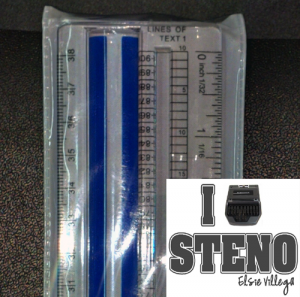Case CATalyst: Pausing And Resuming Audio
 To pause audio recording via your steno machine when writing realtime, write the following steno strokes: /PAUS/PAUS. This is defined as {Pause Audio}. Resumption of recording audio does not automatically begin when you start writing on your machine if you have paused the recording by writing /PAUS/PAUS.
To pause audio recording via your steno machine when writing realtime, write the following steno strokes: /PAUS/PAUS. This is defined as {Pause Audio}. Resumption of recording audio does not automatically begin when you start writing on your machine if you have paused the recording by writing /PAUS/PAUS.
If you have paused audio recording via writing the aforementioned strokes, you must write, /SAOUPL/SAOUPL to resume audio recording. These strokes must be defined as {Resume Audio}, in order to be effective.
You can also choose a realtime setting that will automatically pause audio recording after a certain, set amount of time has passed without you writing a stroke on your machine. If your audio recording is paused via this setting, recording will automatically resume once you begin to write on your machine again.
To activate this setting, do the following once you have opened your Translate Dialog Box: Click on Options. Click on the Realtime Tab. Select Auto Pause (In the Audio section of the Realtime Tab).
Next to the Auto Pause option, there is an “After” setting that allows you to set the amount of time you can go without writing on your machine before the recording of audio is paused. This setting allows you to enter between 0 and 999 seconds.



